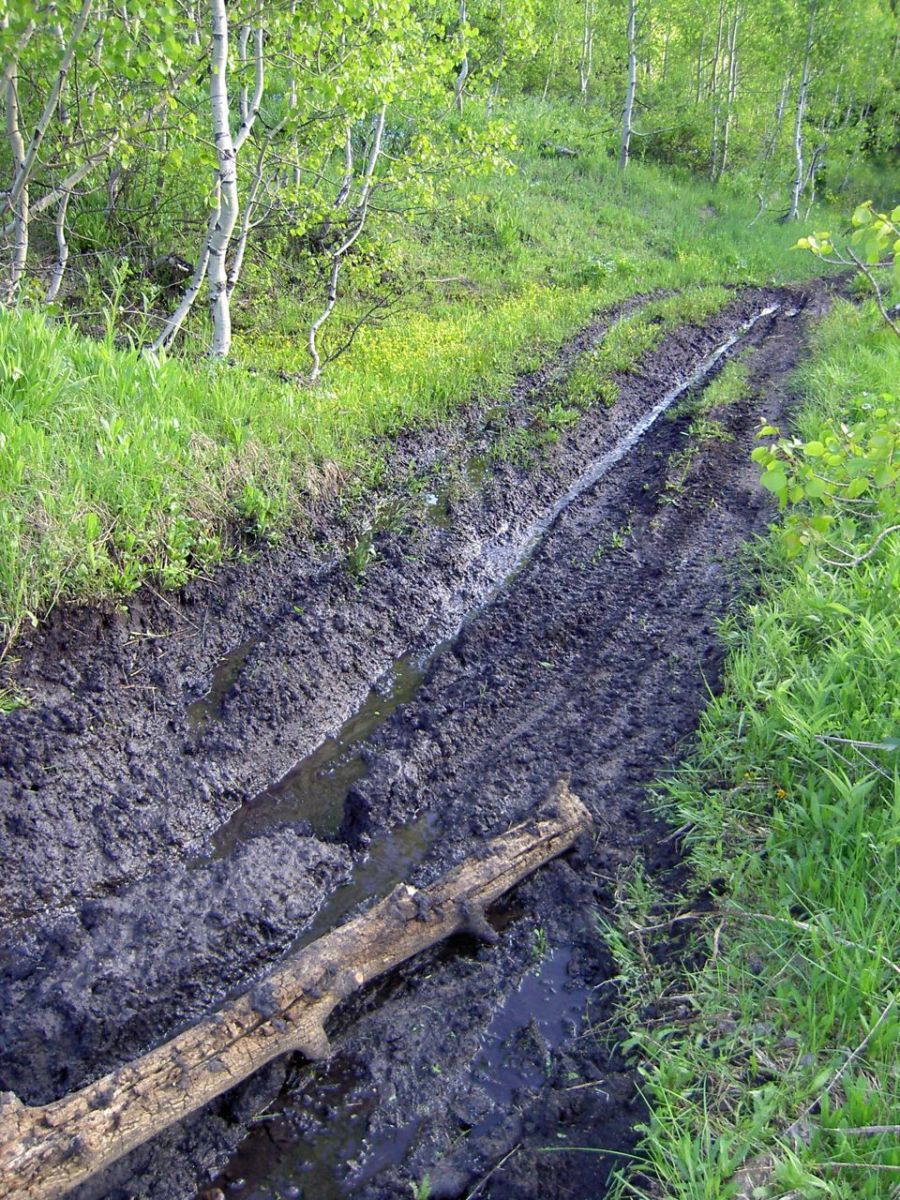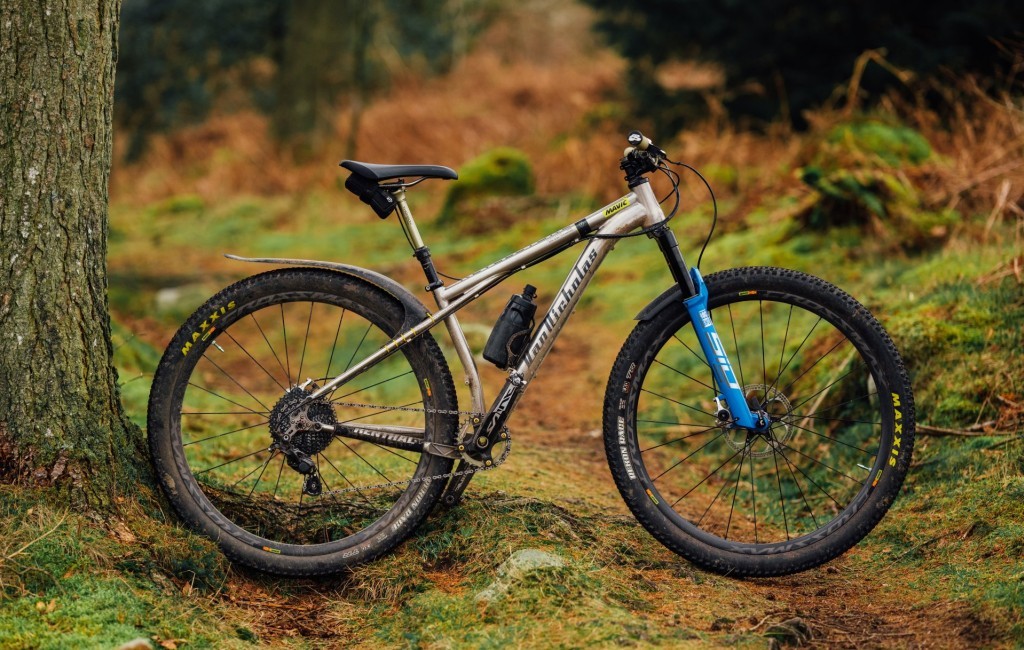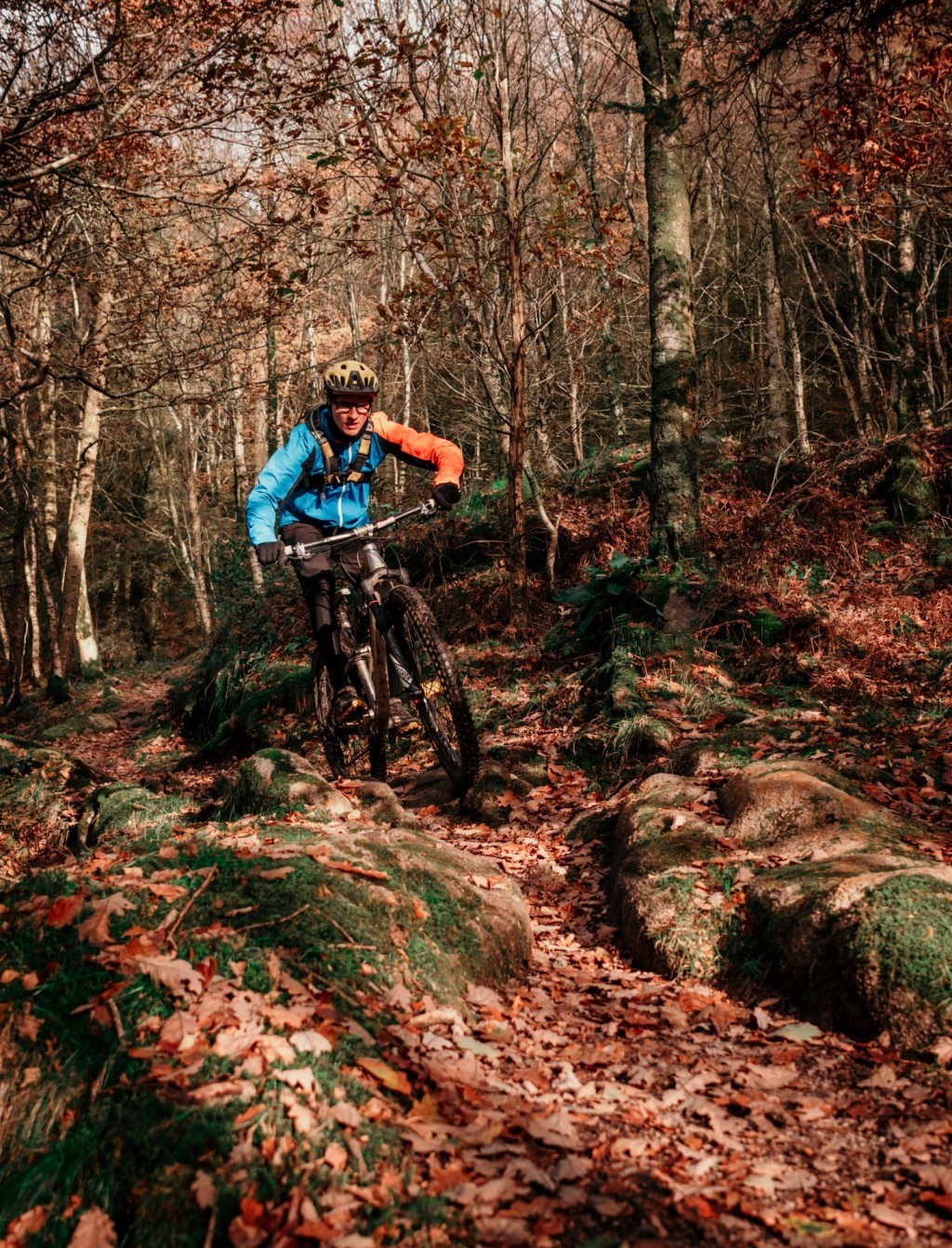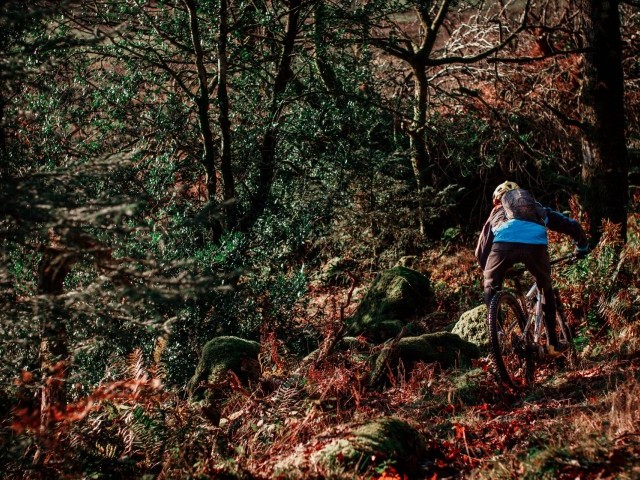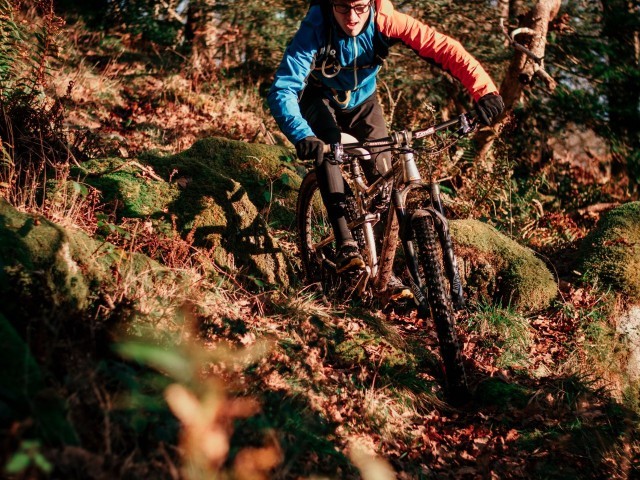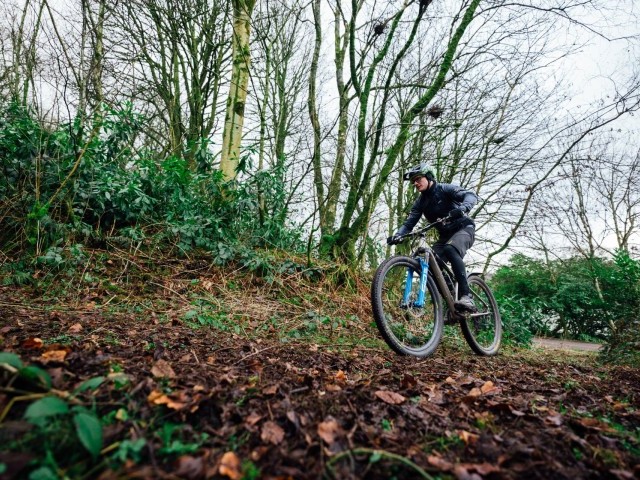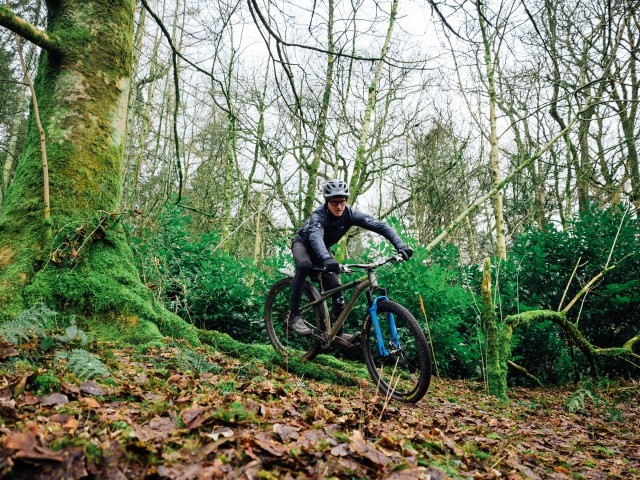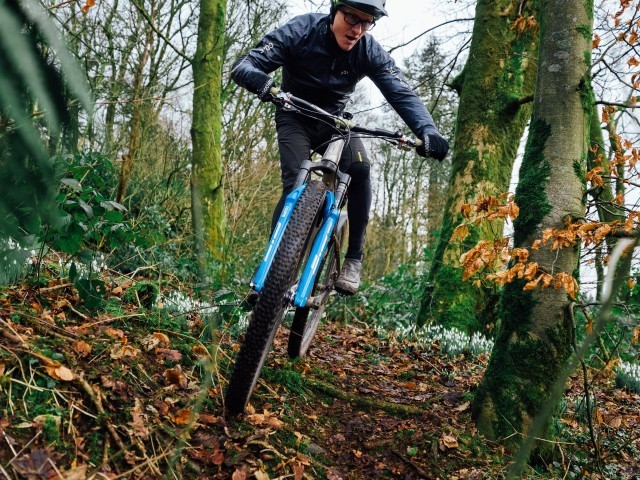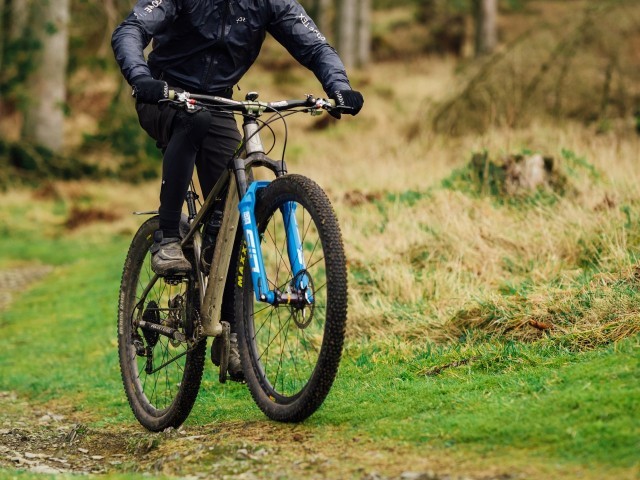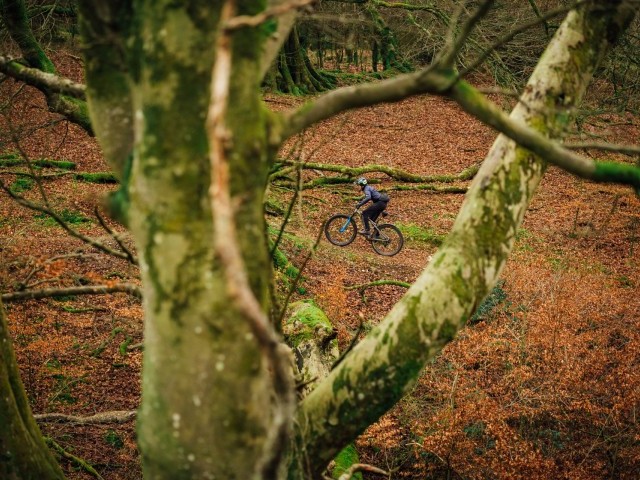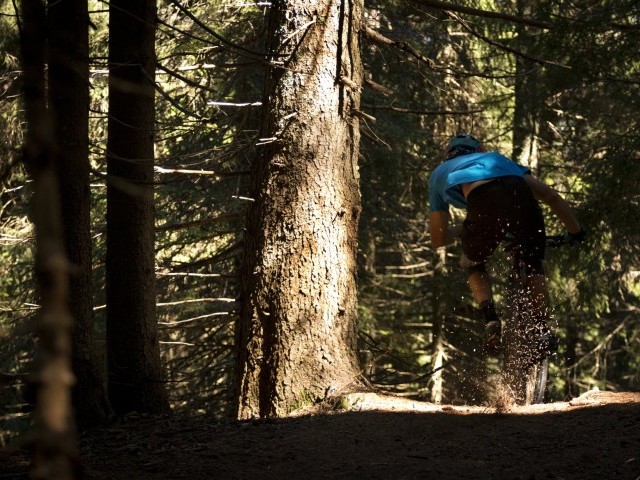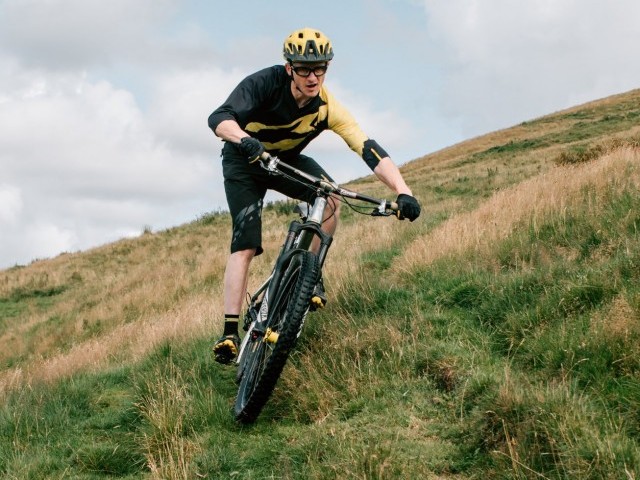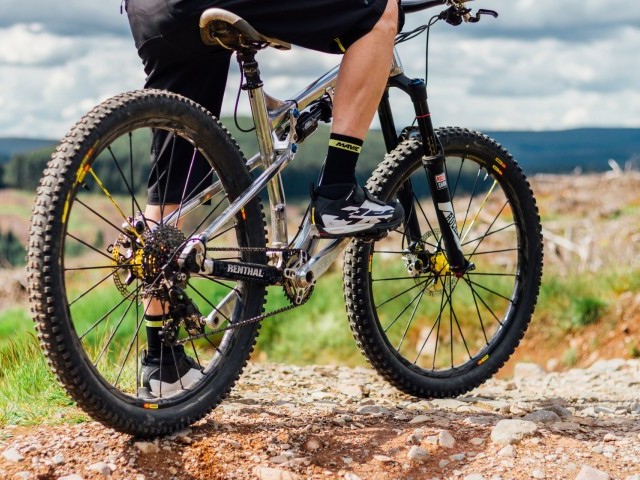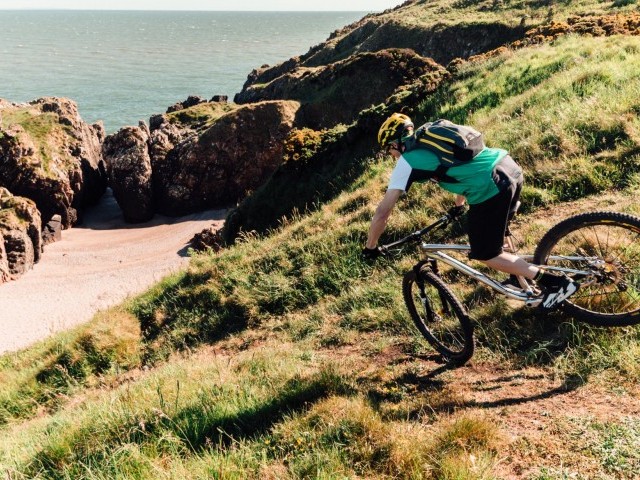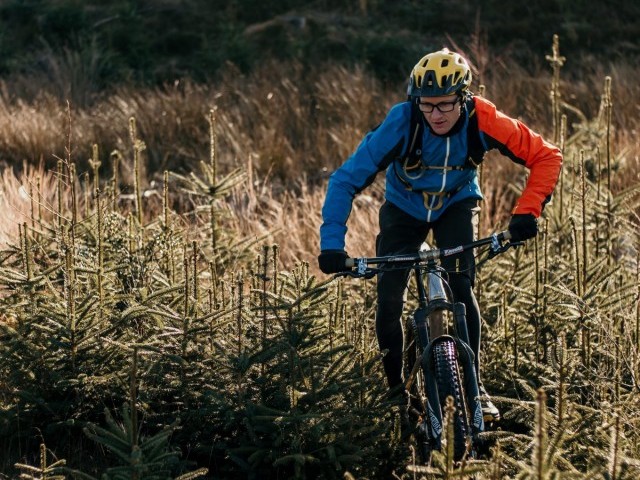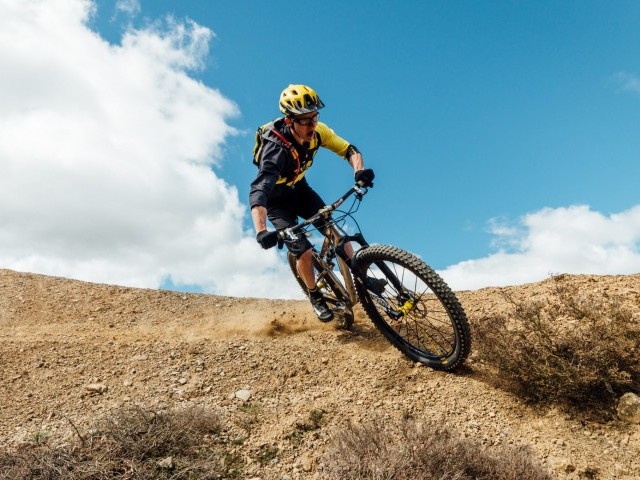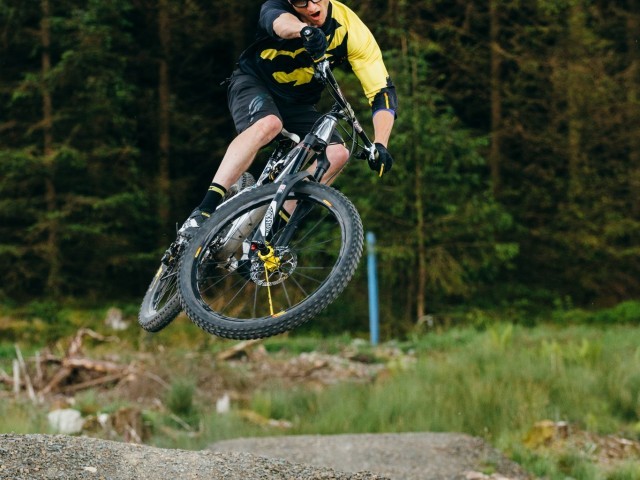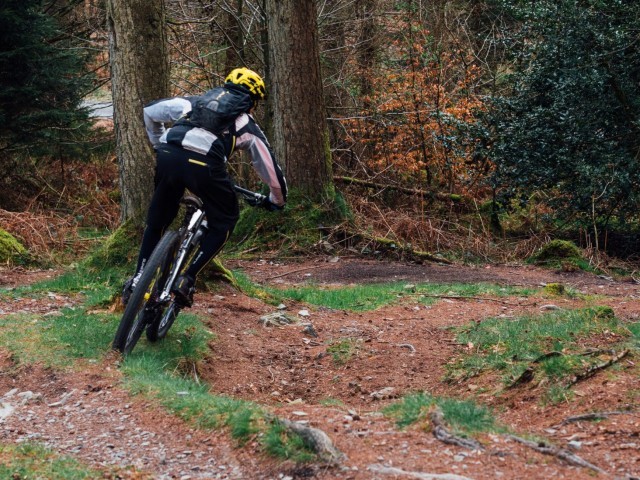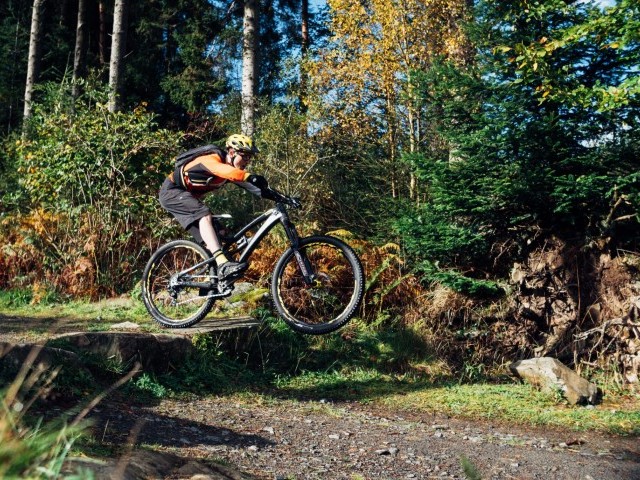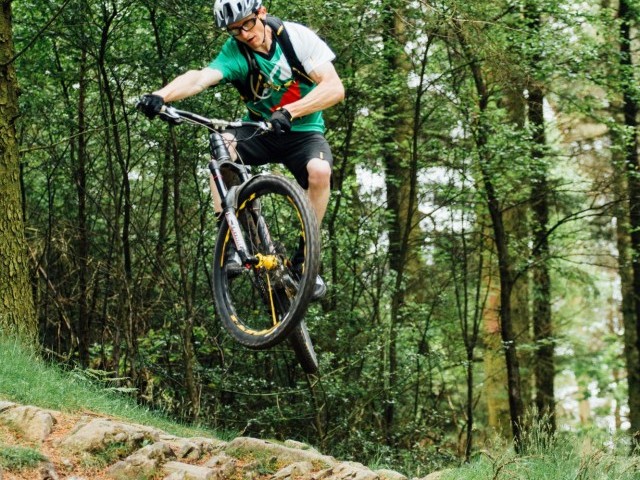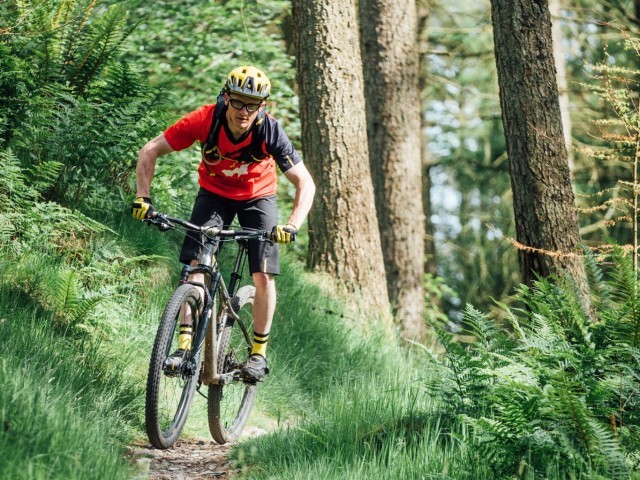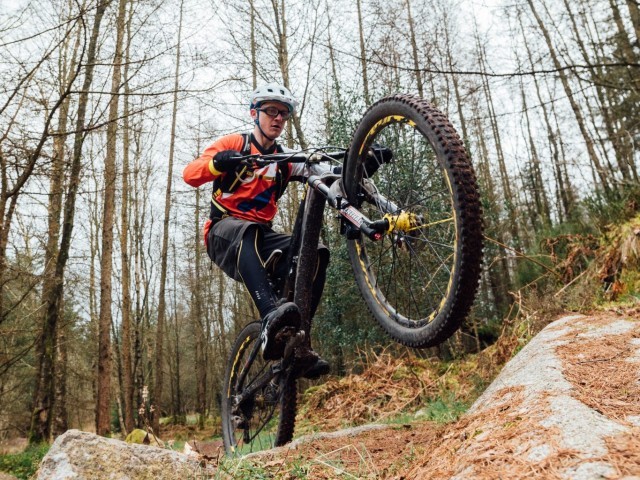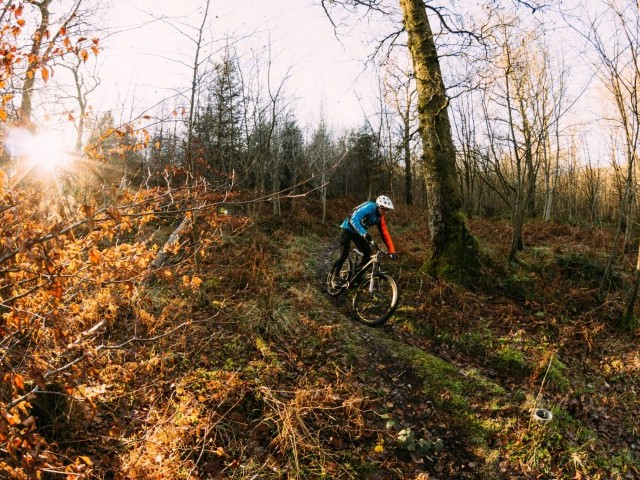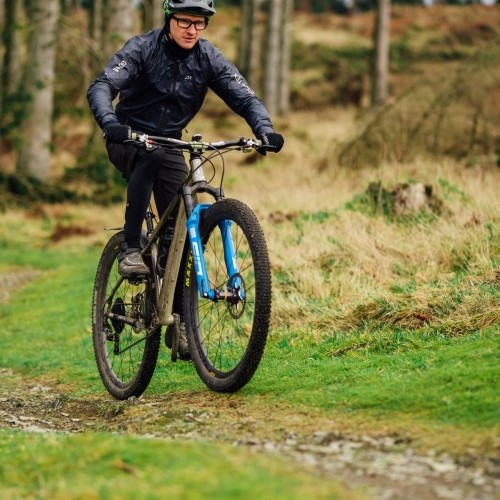
Riding Ruts
Technique / Skills
Love or hate them, ruts and deep-scoured sections of the trail are something that we are likely to encounter at some point in our mountain bike experience. If you ride fall-line wild trails on soft ground or lap race courses in the wet then that narrow groove cut in the dirt will be a familiar nemesis that can end a good run of luck. Whether you are an in or out kind of rider, ruts present us with all sorts of decisions to make, they can also nudge you in a plethora of unsavoury angles and typically when you don’t need that helping hand.
Ruts and scoured sections are the quintessential trail condition that forces your hand into making decisive line choices, if you are not in tune with making conscious line choices then now is the time to start doing so, without them you will always be working against the trail and not with it. The groove in the trail has another sneaky trick up its slippery sleeve, and that is to do with vision. The groove will beckon you in, especially when there is clear evidence of tyre tracks, however, this can result in you dropping your head and staring into the groove as it swallows up your rubber. If you have ever mimicked a bulldozer with your front tyre then this is often the result of you having neglected to look through the section of trail.
Another tricky thing that we have to deal with is the lack of ability to steer the bike from the bars, something that we should only be doing at very low speeds anyhow. If you think about the mechanics of steering you will appreciate what I’m talking about, to give you a better idea of our conundrum take your bike to the nearest kerb or log and place your tyre so the sidewall is scuffing the object, now turn the bars and watch the back edge of your front wheel push-off the object. It is impossible to take a right turn (away from the bulldozer moment) when the left sidewall is in contact with the hard edge of a rut (and vice versa). When you get this scenario what typically happens is you pinball between the sides of the rut wrestling for control, lean into the side of the rut too hard and you bulldoze the edge of the rut with the front of the tyre.
So how do we avoid these common mistakes and how can we negotiate ruts without the tyre clawing its way along the edge? For starters we need to consider if there is an alternative line, do you need to drop into the rut or can you sneak along the edge of the worn groove? In some situations, you will be presented with just another rut! But in many situations, there is room outside of the worn groove to get on good ground. When trails are tight in the trees or there are other features like big rocks at the trail side that prevent you from riding out of the rut you will have to roll the sleeves up and get stuck in.
Vision is key as you line up, sight your line as you thread the needle into the groove, and don’t forget to keep your head up and look through the section. With the wheels in the groove stay limber and resist over-steering or leaning into the edges of the rut. When corners have become rutted you can use that outer edge as a mini berm, lean the bike and use minimal steering input. This is a situation where you need to bring the legs into play and steer with the rear, something that modern geometry bikes have enabled us to do.
The steer with the rear technique involves us thrusting the bike through the legs below us, we go from being centred above the BB to bringing the bike through under the body so we end up in a position where the backside is hanging out behind the BB. The legs drive downwards pushing the bike into the trail while the feet kick the bike through below us. As the bike is exiting the turn the body has to catch up so we are centred again. The arms help to keep the front on track and will become stretched out in the process, this will take a bit of weight out of the front wheel which is a positive.
The above is all well and good when you have the choice of rut or no rut, but what about situations where there are a few options? Things are not so clear cut when you have multiple rut options, the common most worn line may be the best option, but it may also be the line that leads you astray. Try to remember that vision is the key, look through the section, and where vision is limited by vegetation, etc obstructing your view try and visualise what happens further along the trail. Look for other indicators in the land to help you make your rut choice, that commonly worn groove could put you in trouble and you may visualise another less used option taking you on a better trajectory, or at least onto better ground with grip and cambers to lean into.
When the terrain is steep and water has scoured the ground a different approach may involve hopping from the good ground on one side of the scoured-out section to the other. To do this you will have to have mastered the bunny hop where you lift the wheel independently from one another, the manual hop enables you to move from side to side while you hop. These scenarios evoke the Bruce Lee mantra of thinking like water, where will it run and will I need to transfer from side to side again? Typically the water rut is found in low-lying areas of ground and there may be some added jeopardy in the mix thanks to camber, you will need to work with this to maintain traction in climbs as best you can. In descents, your well-timed and placed transfers should take into account the camber, look to use it to your advantage by turning it into a berm to give the wheels some support as you navigate the higher ground to either side of the rut.
The trail surface can vary greatly in the areas that we ride, the harder ground will rut less, but when it does the definitive hard edges are far less forgiving from those trails in softer ground. The soft ground may dry and the remaining ridges offer support, in very organic ground this seemingly hard edge may just break away and therefore offer no support at all. In snow and icy conditions, the same can be said, the icy ground will hold up, offering support moving you away from any hard edge, the fresh powder will move as you push into it and soft wet snow will pack up and then give support. The more variety you get to surface types the larger your database will become, you can draw on previous experience and scenarios to gear up for the rut that lies in wait. Many places that I ride change rapidly and go from one end of the scale to the other, such varied terrain keeps you on your guard and keeps you honest.
Another weapon you can deploy in rutted situations is a cool calm and collected nature, you must remain relaxed and flexible through these scenarios. The bike may move around in the rut and get nudged from side to side, try to stay loose and go with the flow rather than fighting it, and stay a little lower on the bike by relaxing the knees and pushing the elbows out. Hanging loose will help you resist the temptation to overcorrect little movements, and the hips can help to influence the direction that the bike is travelling, like your head where they point you will go. Terrain like this is another reason I write about learning to ride ‘switch stance’ (with your non-favored foot leading). You may need to hop from side to side and if you point the hips in the desired direction of travel then you work with your body and not against it, hip direction driven from foot position can also help you stay on track through long ruts.
As with all skills and techniques practice makes permanent, if you lack confidence in rutted situations then take some time out from your normal riding and go session some rutted trails. Until next time, keep the rubber side down.
This technique article was in Issue 75 of IMB.
Related
By Clive Forth
Clive Forth is a rider who has been there, done that, got the t-shirt and cleaned his bike with it. He has grown with the UK scene and technological developments for the last 30 years and has competed at all levels in all disciplines riding for some prestigious brands along the way. Always looking for that extra edge with endless passion and drive he is geared up to bring you the inside line on all aspects of mountain biking skills and technique.



